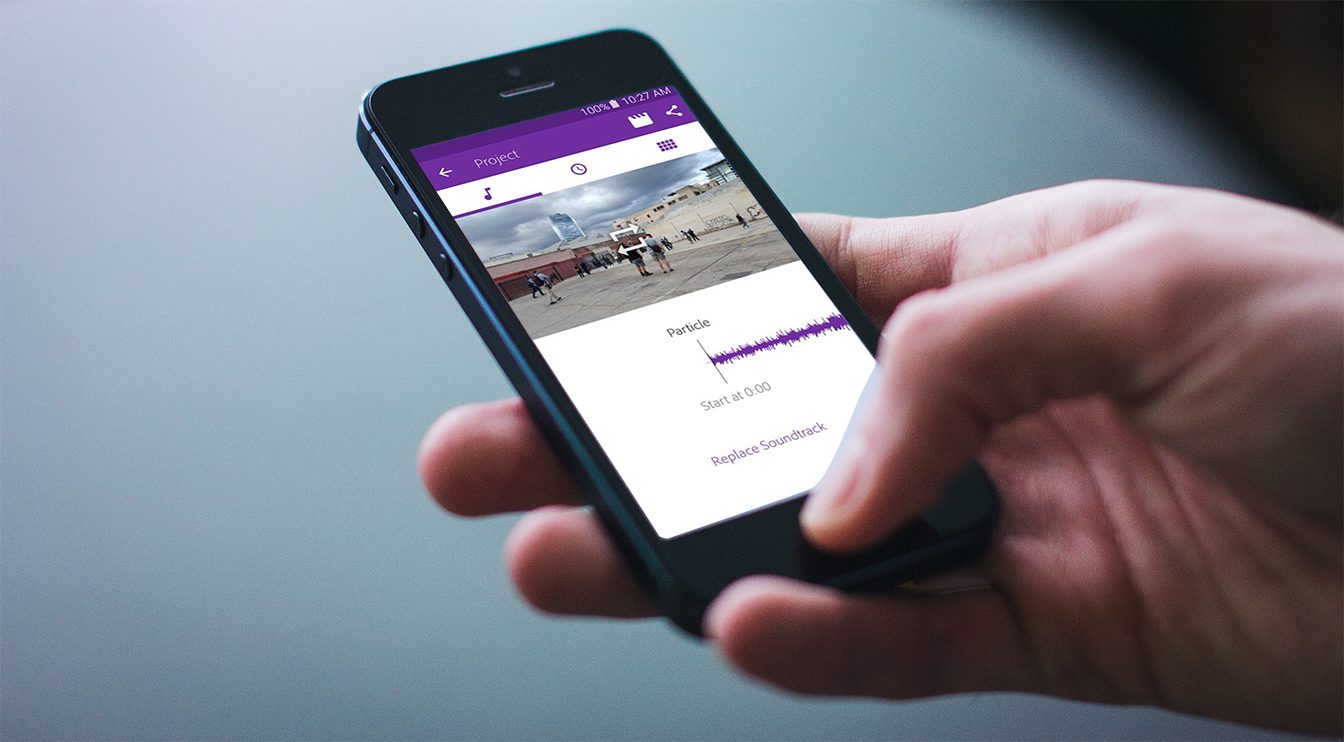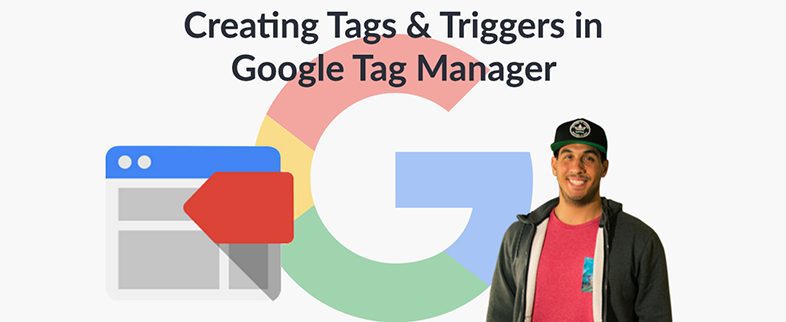The future of SEO software looks bright, but are general consumers ready for it, and can startups profit from the bigger SMB segment?
SEOmoz recently predicted that SEO software would get more prevalent in 2011 as tools and software shift from a “nice to have” to a “must have” necessity. Part of this shift, we think, is due to more small businesses becoming aware of the need for SEO, and Internet marketing in general.
But coupled with this promising outlook, there comes a number of challenges with SEO software:
- The engineering challenges are a huge feat for a relatively low price-point product. This means to build a product that is reliable, accurate and fast, the sheer number of engineering hours it takes to build this makes a sub $99 a month product with a likely high churn rate a difficult case to make.
- The search engines are making it harder to get reliable data in the mass quantities a software needs. With Google closing the doors on its search API (which tools use to get ranking data) in November 2010, it’s forcing users into a different API which is useful if you wanted to create your own search engine powered by Google’s algorithms. Not to mention the increasing difficulty in getting reliable link data, which is particularly difficult for large sites. We’re seeing more tools scrape the data they need, which is difficult to scale and high risk.
- Expect high churn, or turnover rate, particularly with certain segments of the market that are less educated about the realistic expectations of SEO. This results in a lower LTV (lifetime value) of the customer which limits your marketing and advertising spend and channels.
- A good SEO tool is going to require a computationally expensive technology to filter the meaningful information to the surface for less savvy users. This will result in higher hosting costs, and even with the cloud, could run in the 5-6 figure per month range (including backups and redundancy systems) with a considerable number of users.
- The decision to choose an SEO provider or software is not a frictionless transaction. That means even if the tool is under a hundred bucks a month, prospective users will still “kick the tires” and expect some sort of free trial or freemium plan. They will also expect good customer service, and now your free users will drain your support staff with lots of “SEO help” or technical questions that they would otherwise be paying for.
- Education in the tool is a key piece, as many users in the huge SMB segment will not completely understand the tactics behind the strategy, and will need ongoing comforts that the plan is working and producing results. In other words, they will make you really work hard for your hundred bucks – or cancel their account.
After spending 18 months designing, building and solving these engineering challenges, the one thing we figured out was that there was a key component missing: what the user really wanted was for someone to actually fix this problem for them…to solve their pain. And oh by the way, they don’t want to pay thousands of dollars a month to do it. That means even for a $99 a month SEO tool, someone still has to do the work; i.e. the missing component. This resulted in a major pivot for our business.
This is precisely where we want to position Pear Analytics going into 2011. A mix between expensive consulting and SEO software. It’s more software AND a service, instead of just software AS a service.
For our average price of around $450 per month, you’re going to get the content creation, the link building, competitive analysis, keyword research and rankings along with a nice piece of software to manage it all and show you how you’ve progressed. And it’s all wrapped up with some impressive support, including a consultation with an SEO expert when you get started, live chat and toll-free voice support.
It’s kind of like what Rackspace did in the hosting world 10 years ago. You could get a cheaper server just about anywhere, but people would pay $500 a month for a server for some distinct reasons; primarily because of the support, and that they built a reputation of solving the problem in hours compared to days which was industry standard at the time.
The real question becomes can this model scale effectively more like a SaaS company, and less like a consulting company? We think it can, but we’re not quite ready to divulge how that’s going to work just yet 🙂
















